TESTED: 2024 BETA RR300 RACING
On paper, you know exactly what you’re getting with Beta’s up-specced, RR ‘Racing’ models. Compared with their standard (RR-model) counterparts, Beta’s distinctive red, white and blue Racing machines now come with a top-shelf Kayaba fork and shock, a more rigid frame, a new rear brake and a bunch of (flash and/or functional) accessory parts as standard equipment. And for 2024, Beta’s flagship race-ready model, the RR300 Racing, gets something very special: an all-new cylinder head with dual spark plugs! That’s why this big-selling, big-bore two-stroke is at the upper end of the $1200 to $2000 price differential between the RR Racing models and their RR equivalents.
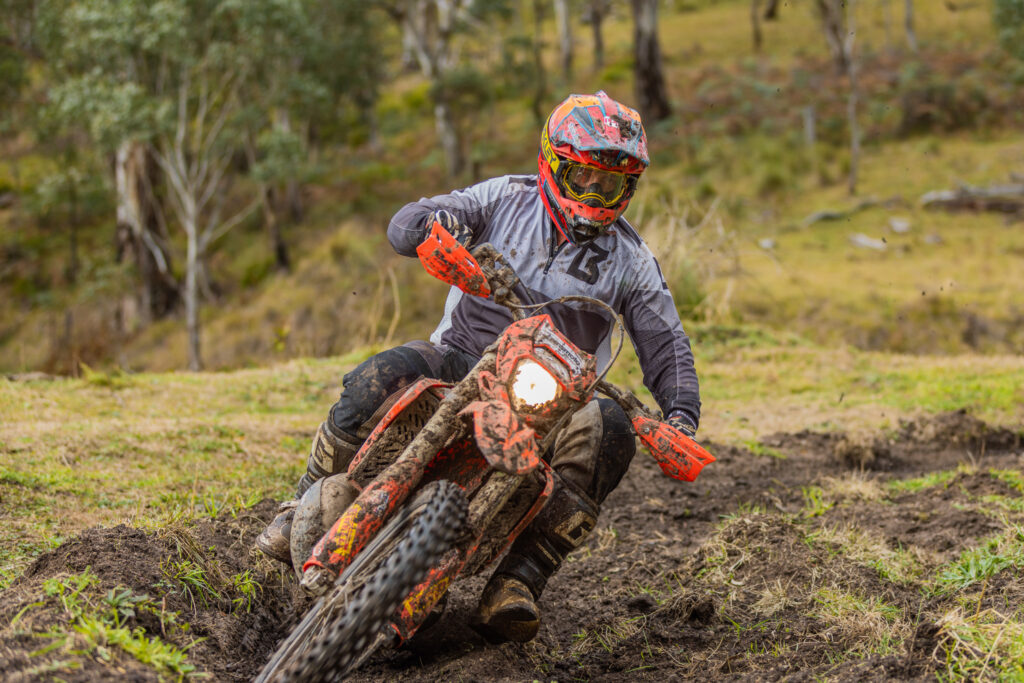
But how do those differences between the standard and race-ready Betas translate when you hit the tracks and trails and tech terrain? How do you choose the best bike for you? Is the RR300 Racing versatile enough to be raced in anger and trailridden at a leisurely pace? How good a rider do you need to be to get the most out of a RR300 Racing? And can the 2024 RR300 Racing’s $2000 price premium be justified?
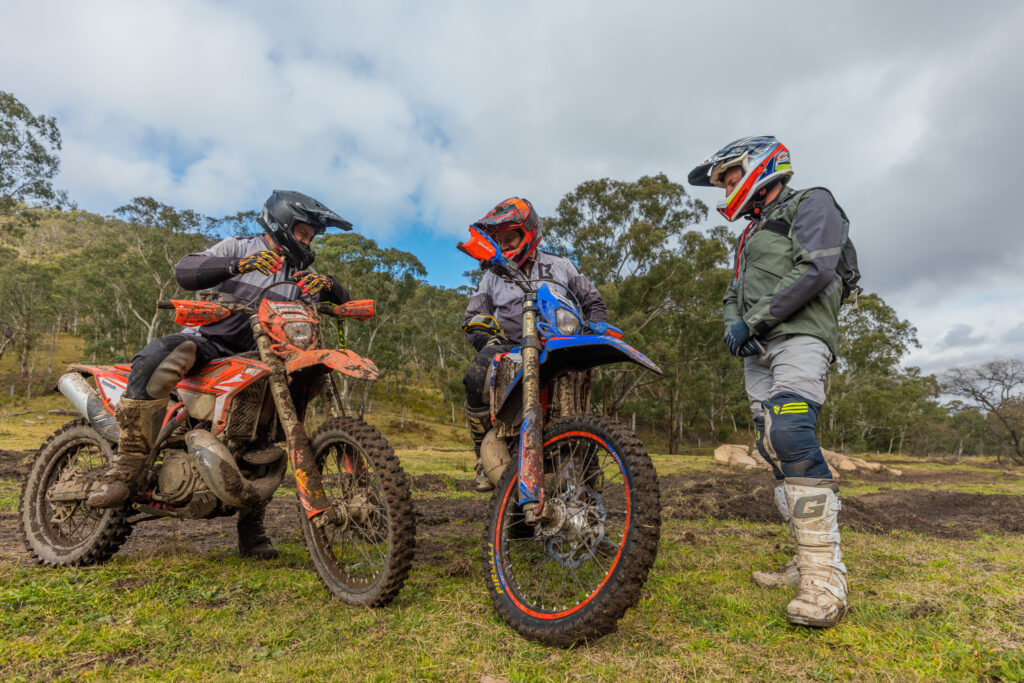
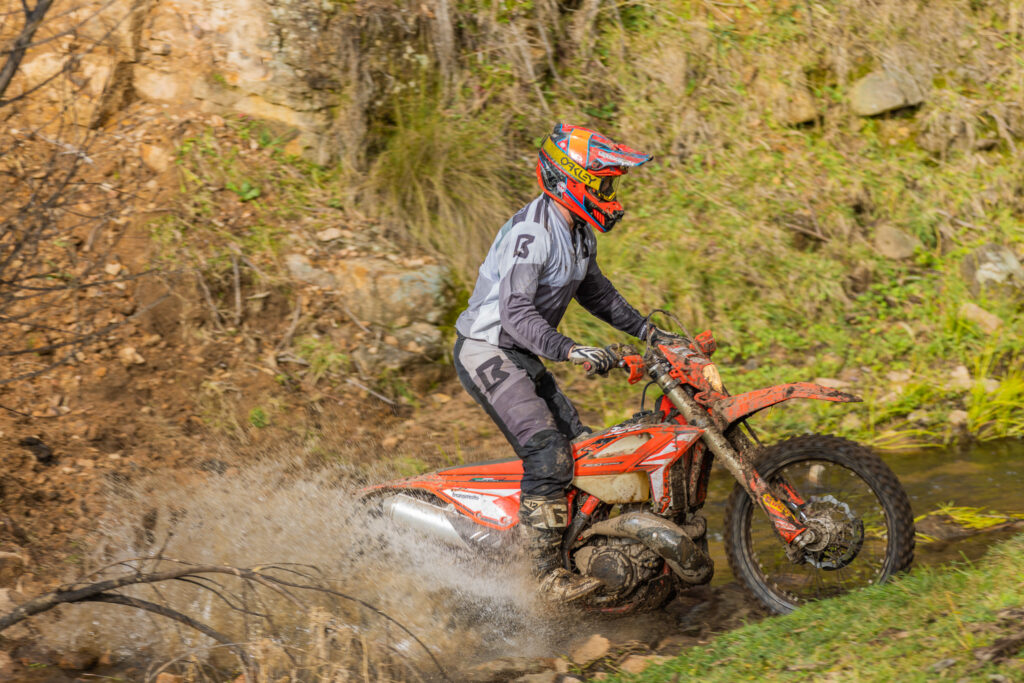
For answers to those questions and more, we teamed up with enduro icon, Geoff Ballard, and the bloke currently leading the Silver-class standings in the 2024 Australian Hard Enduro Championship, Timon Wegner. And, armed with Beta’s 2024 RR300 Racing and RR300 (and a Beta XTrainer 300, for that matter), we tore into a smorgasbord of snotty singletrack, loamy grasstrack and rock-strewn tech terrain for a couple of days.
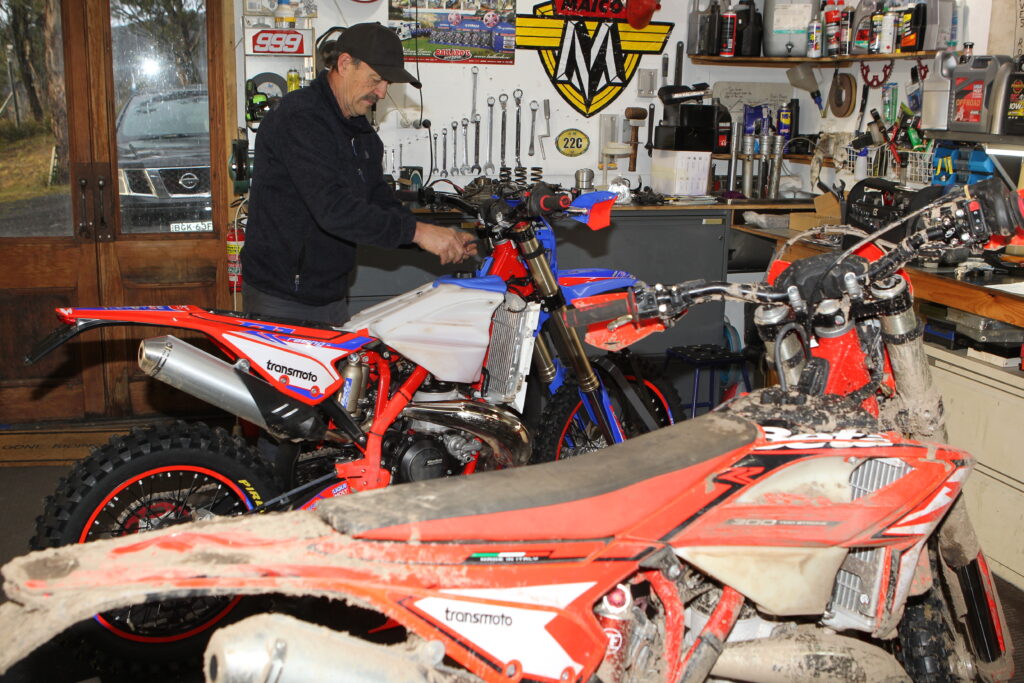
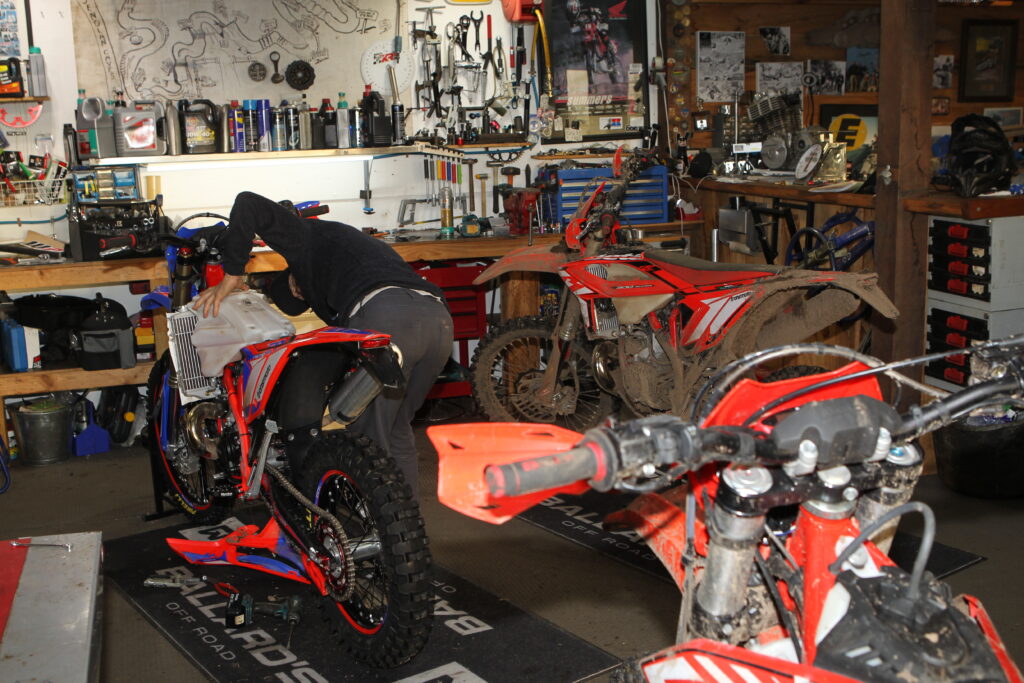
Here’s what that 300cc two-stroke Beta comparo revealed…
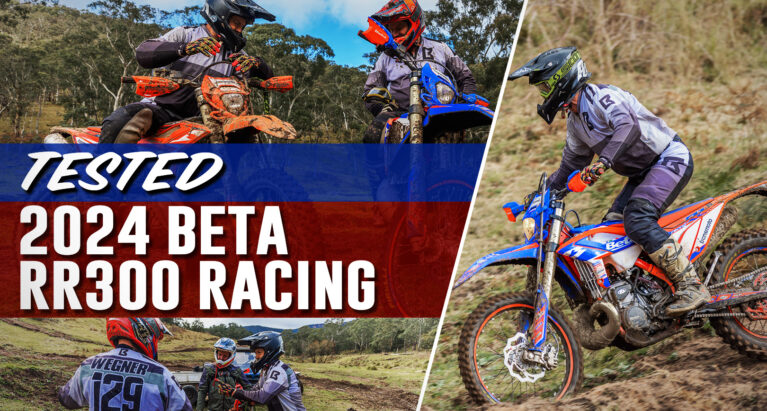
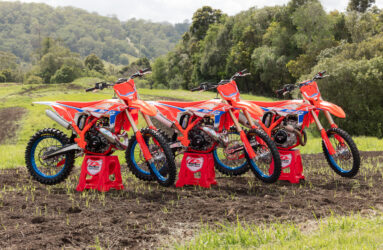
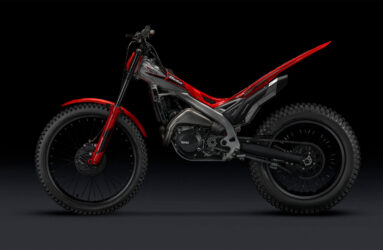
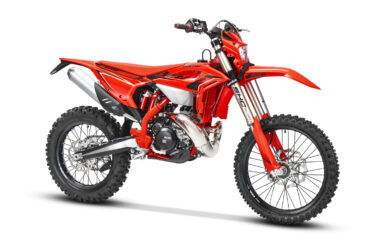
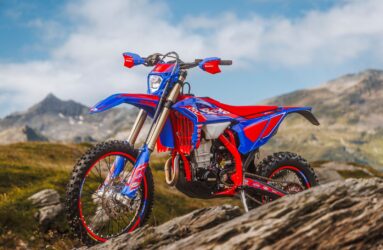
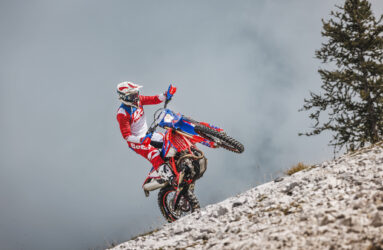
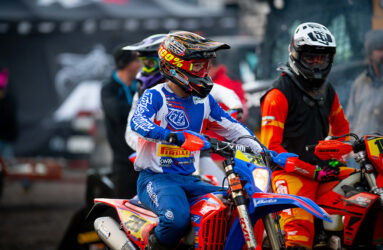
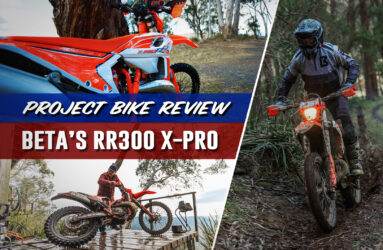
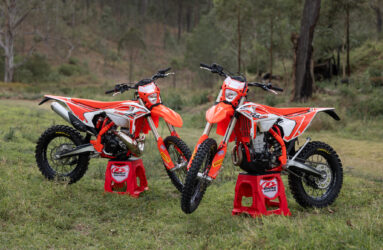
Be the first to comment...